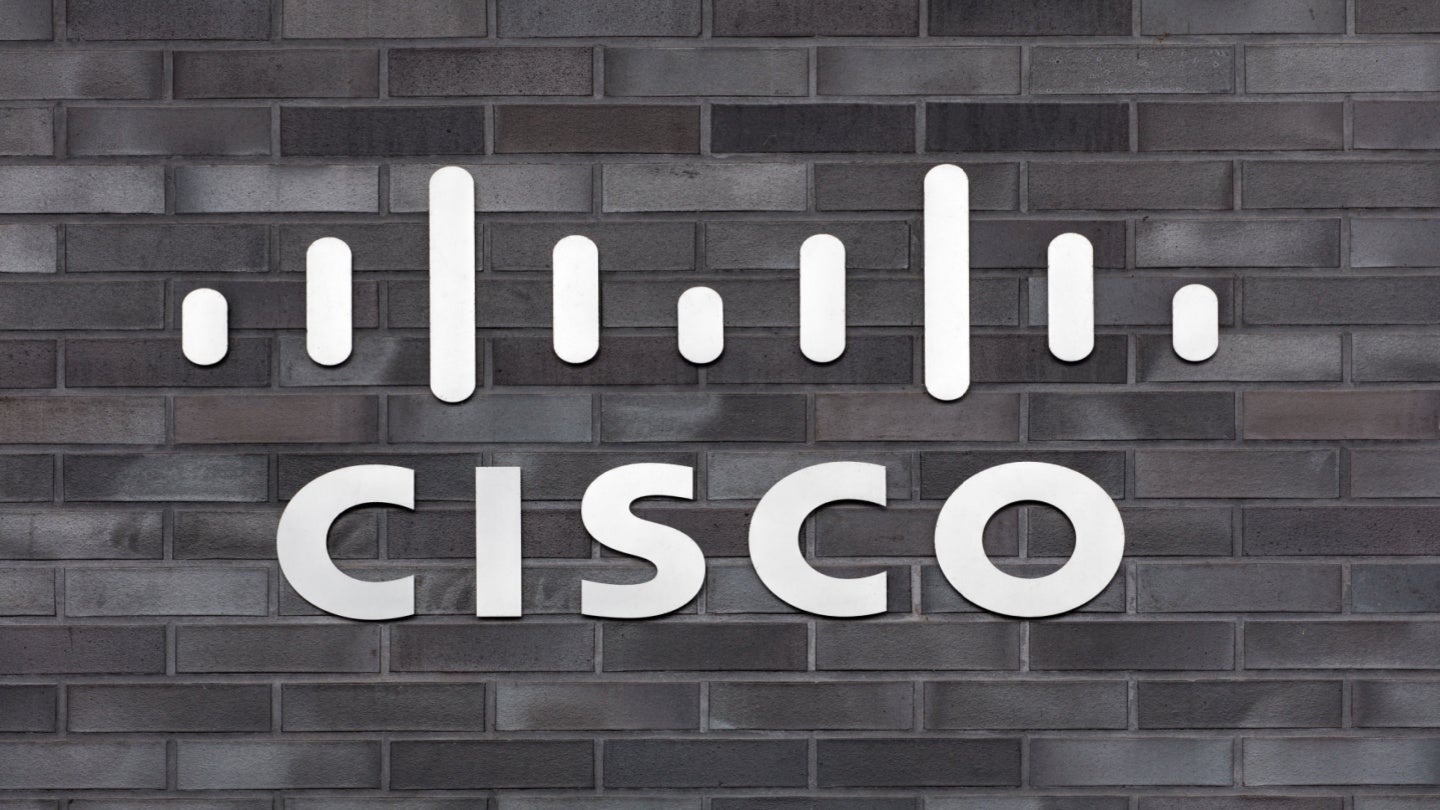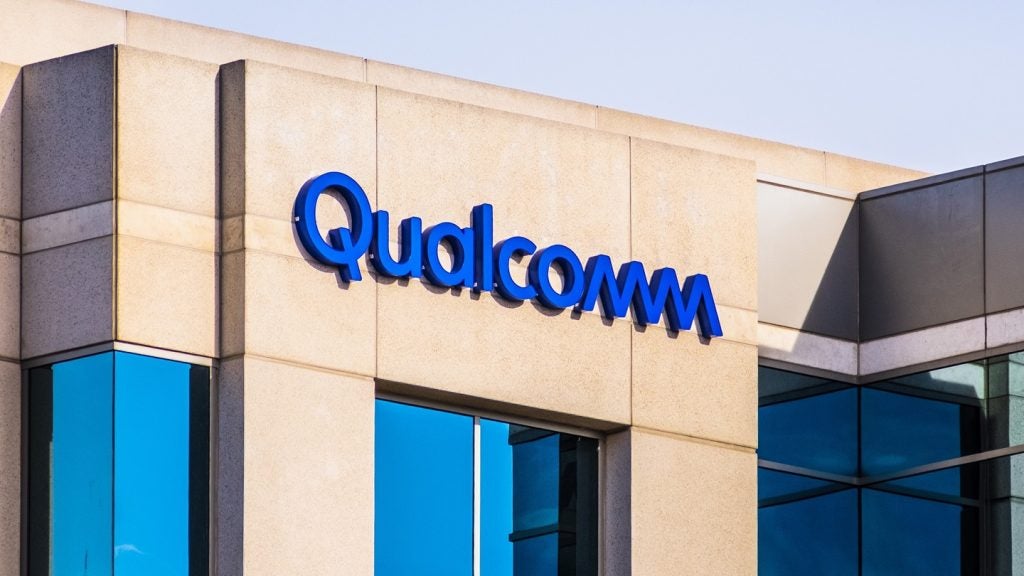Cisco has been compelled to recalibrate its approach in the contact center space with respect to positioning, partner channels, and customer adoption. Earlier this month, several executives from Cisco’s contact center business updated analysts regarding its go-to-market strategy. The discussion made clear that Cisco is investing heavily in optimizing its contact center capabilities.
Since the onset of the Covid-19 pandemic contact centers have undergone a fundamental transformation. Contact centers now include virtual environments in addition to brick-and-mortar settings; support multiple channels (such as voice, chat, SMS, email, video, and social media); can connect agents with internal subject matter experts (SMEs); and have become permeated with AI.
Cisco’s latest version of its Contact Center Flex plan (3.0) presents a new lens through which the company is viewing contact center customers. Flex 3.0 is available in two editions (Standard and Premium), bifurcated along two axes: features and target audience. The Standard edition contains basic features customers want and is aimed at center agents. The Premium edition contains advanced features customers need and is aimed at center supervisors.
Cisco is quite on target taking a feature-driven approach to constructing Flex 3.0 and especially wise in acknowledging that agents and supervisors have distinct needs. Rather than providing capabilities for capabilities’ sake, Cisco is taking deliberate steps to provide features that are strictly customer-oriented.
Cisco Solution Assurance Team
Targeting a contact center offer at the right audience with the right features doesn’t matter if the offer is not adopted. Cisco has addressed that concern by establishing its Solution Assurance Team dedicated solely to the contact center business. Central to the team are customer success managers that stay connected with assigned customers throughout the lifecycle. The greatest value the managers deliver is engaging with customers in a dialogue centered around tailored solutions. Focusing on solutions, not platforms of generic features, aligns with how customers think about acquiring technology.
In addition to customer advocacy, the Solution Assurance team supports Cisco’s partner network with onboarding as well as education about Cisco’s offers and processes so they can sell effectively. As virtually all of Cisco’s collaboration business is generated through partners, their importance cannot be understated. Partners will largely determine the extent of Cisco’s market reach and thus implementing a team dedicated to partner success is a very prudent, and necessary, move.

US Tariffs are shifting - will you react or anticipate?
Don’t let policy changes catch you off guard. Stay proactive with real-time data and expert analysis.
By GlobalDataCustomer engagement
Another critical piece of Cisco’s efforts to maximize traction with customers is a recently implemented voice of the customer program. The goal is to measure the customer experience through regular onboarding and customer engagement surveys. It is intriguing that management at the senior level gets involved with this effort, proactively engaging participating customers to shape the direction of the contact center product.
Bottom line, Cisco has married feature-rich contact center offers with a robust internal ecosystem (consisting of solutions assurance, partners, and voice of the customer) to drive greater adoption. That decision should bode well for it in the contact center space.









